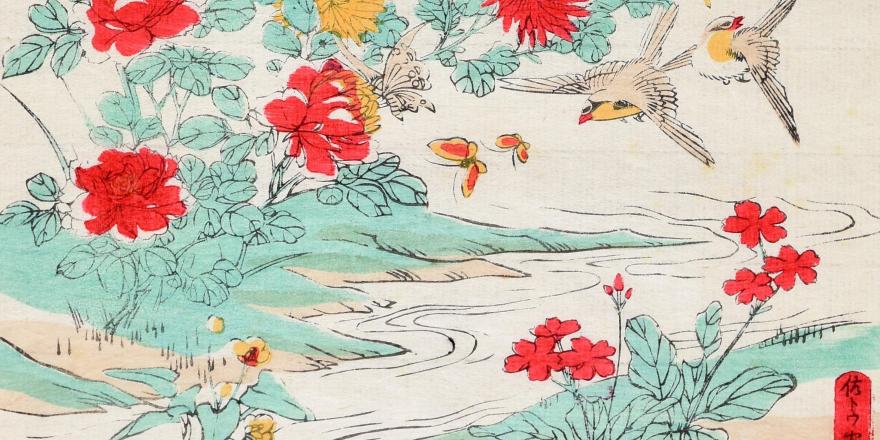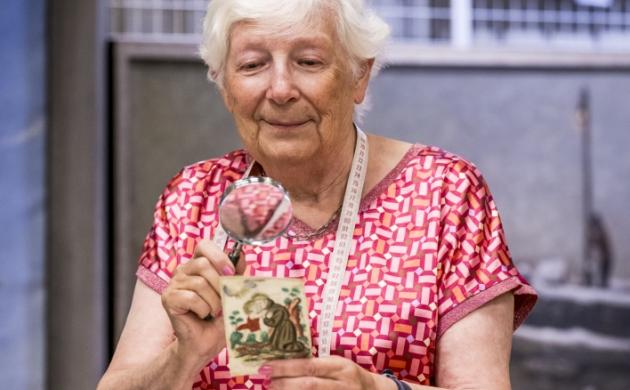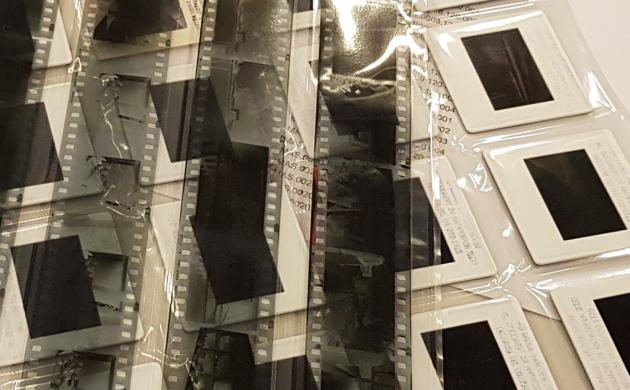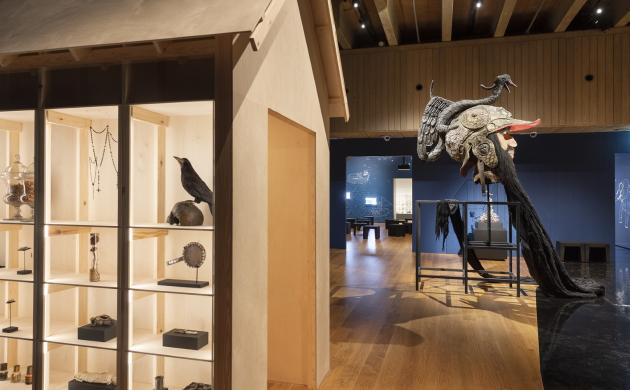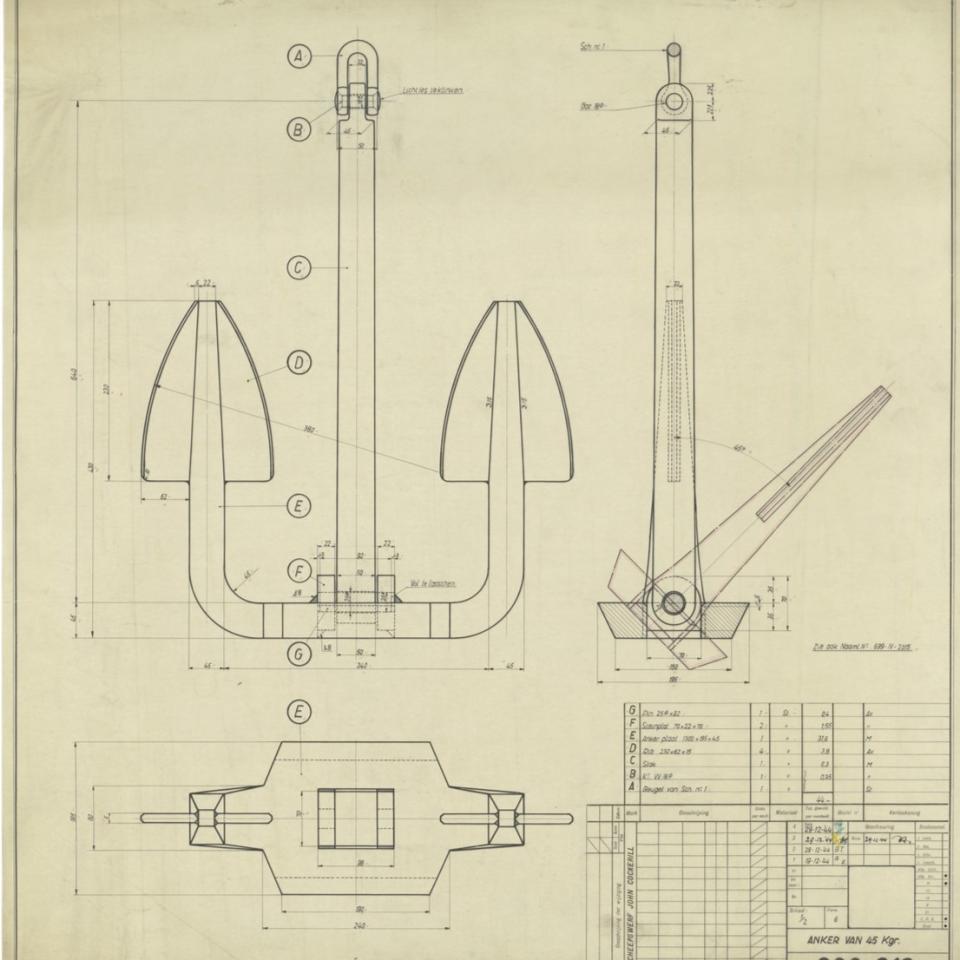
Ship plans listed by volunteers
Until the 1980s, Belgium counted many shipyards, with the Boel yard in Temse and Cockerill Yards in Hoboken being the best known. Small boats, barges, gigantic cargo and passenger ships sailing the world's seas: they were built here. This involved masses of construction drawings and ship plans. Some shipyards donated them to the MAS. Tens of thousands of plans from Cockerill Yards ended up in the collection. Enthusiastic volunteers list them and make them accessible to everyone.
New Flemish masterpieces
The MAS preserves important silverware, including guild silver, ceremonial showpieces from old guilds or crafts. Some objects were recognised as Flemish Masterpieces like e.g. a necklace from a St George's guild. It was worn by the guild's ‘king’ at festivities. Three rare medals on display contain a lot of information. Among other things, you can see gold and silversmith tools depicted on them. The medals are attendance fees: the wearer was entitled to participate in craft meetings thanks to the medal or he received it for services rendered.

Japan in Antwerp
In the mid-19th century, Japan forcibly opens its borders. A centuries-long policy of isolation then comes to an end. An influx of Japanese art into Europe follows. In 1886, poet and graphic artist Max Elskamp creates the collection of poetry L'éventail japonais (The Japanese Fan). He copies the poems on Japanese woodblock prints he bought in Antwerp. Only a handful of copies of the collection are known. The MAS acquired a copy.
Sikhs in Antwerp
The Sikh community purchases cloths in India which are then sold to the faithful in the gurdwara, the temple of faith. People donate this cloth to Guru Granth Sahib at religious festivals. Guru Granth Sahib is the 11th and last guru: it is not a person, but a book full of wisdom and knowledge of predecessors. Laying the cloth on the Guru gives protection to the giver. Money from the cloths sold goes to needy Sikhs and to the organisation of the temple, which includes a soup kitchen where free meals are served.


